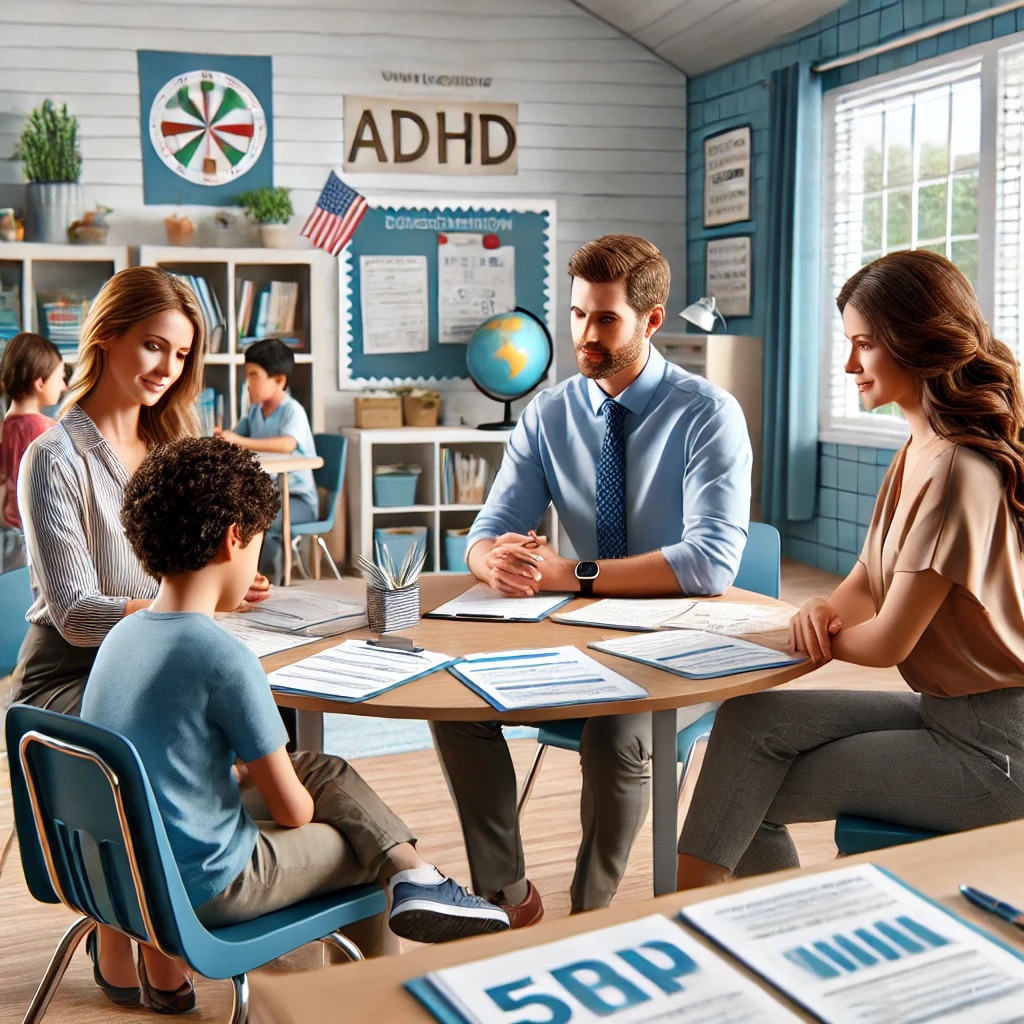Understanding the Differences Between an Individualized Education Plan (IEP) and a 504 Plan
For parents of children with disabilities or special needs, understanding the options available under federal laws can be crucial for ensuring that their child receives appropriate educational support. Two common frameworks—Individualized Education Plans (IEPs) and 504 Plans—offer accommodating and services for students, but they serve different purposes and fall under separate laws. This article explains the key differences to help parents make informed decisions about their child’s education.

Overview of IEPs and 504 Plans
What is an IEP?
An Individualized Education Plan (IEP) is a customized program created for students who qualify for special education under the Individuals with Disabilities Education Act (IDEA). This plan is designed to meet the unique needs of a student with a qualifying disability that impacts their ability to learn in a general education setting.
• Legal Framework: Governed by IDEA, a federal law ensuring services for students with disabilities (U.S. Department of Education, 2021).
• Eligibility: Requires a specific disability as defined under IDEA (e.g., autism, ADHD, speech/language impairments) that adversely affects educational performance.
What is a 504 Plan?
A 504 Plan provides accommodations to ensure that students with disabilities have equal access to education. Unlike an IEP, it does not include specialized instruction but focuses on removing barriers in the learning environment.
• Legal Framework: Governed by Section 504 of the Rehabilitation Act of 1973, which prohibits discrimination based on disability (U.S. Department of Education, 2020).
• Eligibility: Covers a broader range of disabilities that substantially limit one or more major life activities, including learning.
Key Differences Between an IEP and a 504 Plan
Feature IEP 504 Plan
Law IDEA Section 504 of the Rehabilitation Act
Purpose Provides specialized instruction and related services. Provides accommodations to access the general education curriculum.
Eligibility Must have a qualifying disability under IDEA that impacts educational performance. Requires a disability that substantially limits one or more major life activities.
Services Includes specialized education services, therapies, and accommodations. Focuses solely on accommodations like extended time, preferential seating, or assistive devices.
Plan Development Developed by an IEP team, including parents, teachers, and specialists. Created by a school team, often with fewer formal requirements for input.
Review Process Reviewed annually, with a re-evaluation every three years. Typically reviewed annually but less formalized.
Examples of Support
IEP Services
• Specialized instruction in reading, math, or other subjects.
• Speech and language therapy.
• Behavioral interventions or supports.
• Physical or occupational therapy.
504 Plan Accommodations
• Extended time for tests and assignments.
• Preferential seating to reduce distractions.
• Access to assistive technology.
• Modified class schedules or reduced homework.
Which Plan is Right for My Child?
When to Consider an IEP
If your child has a disability that requires specialized instruction, an IEP might be the better option. This plan is tailored to address significant learning challenges and includes measurable goals and objectives to track progress.
When to Consider a 504 Plan
A 504 Plan may be appropriate for children who can succeed in a general education setting with specific accommodations. For example, a child with ADHD who needs extra time to complete tests but does not require specialized instruction could benefit from a 504 Plan.
How to Begin the Process
1. Request an Evaluation: Parents can request an evaluation through their child’s school to determine eligibility for an IEP or a 504 Plan.
2. Collaborate with the School Team: Work with teachers, counselors, and administrators to determine which plan best meets your child’s needs.
3. Review and Advocate: Regularly review the plan to ensure it continues to address your child’s needs. Do not hesitate to advocate for changes if necessary.
Both IEPs and 504 Plans are valuable tools to help students with disabilities succeed in school. Understanding the differences between these plans allows parents to better advocate for their child’s educational rights and ensure they receive the support they need to thrive.
This article has been written by John Collier, MSW, LCSW.
References
• U.S. Department of Education. (2021). Individuals with Disabilities Education Act (IDEA). Retrieved from https://www.ed.gov
• U.S. Department of Education. (2020). Section 504, Rehabilitation Act of 1973. Retrieved from https://www.ed.gov
• Wright, P. W. D., & Wright, P. (2020). Wrightslaw: Special Education Law, 2nd Edition. Harbor House Law Press.
• Bateman, B., & Linden, M. A. (2021). Better IEPs: How to Develop Legally Correct and Educationally Useful Programs. Attainment Company.
• Zirkel, P. A. (2022). The overlap and differences between Section 504 and IDEA. Journal of Special Education Leadership, 35(2), 88-96.


